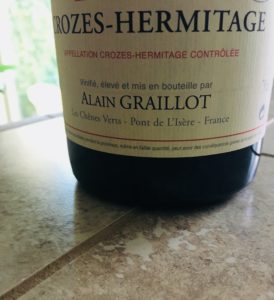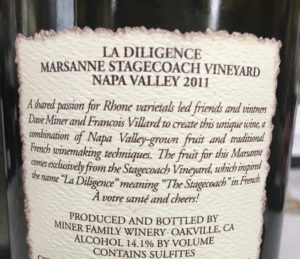 FROM THE PANDEMIC THAT BROUGHT you virtual tastings comes another new addition to the wine lexicon: curbside pick-up.
FROM THE PANDEMIC THAT BROUGHT you virtual tastings comes another new addition to the wine lexicon: curbside pick-up.
And it’s quite new—for wine, anyway. As recently as February, “curbside” still implied a transaction likely involving a Chick-fil-A or a Big Mac. Just three or four weeks later, in-person shopping for wine—the quaint, familiar concept of browsing shelves and case stacks, picking up bottles to read their labels, maybe sampling at a tasting bar—had been pandemically turned on its head. A more appropriate metaphor might be kicked to the curb.
Or maybe not.
“It’s almost impossible to emphasize how different this landscape is right now,” my friend Dan Polsby wrote to me in an email in March about Vintage Berkeley, the College Avenue shop he manages and buys for, and now was tasked with converting to a 100% curbside pick-up business. “Some distributors and importers have already stopped shipping. Some are experiencing crazy delays. And for us? Basically every day right now is as busy as what’s usually our busiest day of the year—but at quarter staff, for 12-13 hours—despite letting no customers into the store. Can you imagine?”
Could anyone have imagined such a scenario? Besides that cohort of doctors, scientists, and other infectious disease experts (surely some wine enthusiasts among them) who’d been sounding the alarm to the White House about Covid-19 since January, I mean.

